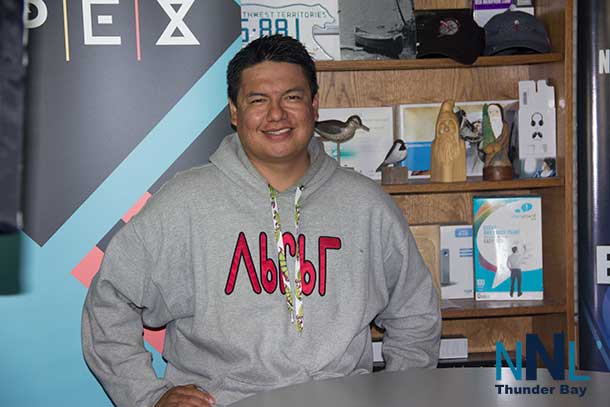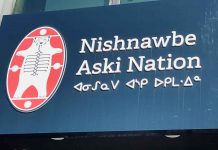THUNDER BAY – The start of the school year is especially concerning for Ontario’s remote First Nation communities. Many of the communities have remained on focus over the spring and summer to ensure community safety from COVID-19
Nishnawbe Aski Nation (NAN) Deputy Grand Chief Derek Fox has issued the following response to the Government of Canada’s Safe Return to Class Fund announced today:
“It is unfortunate that the federal government has waited until days before classes begin to announce this much-needed funding. Our schools are remote, and it will take more than days to prepare them for the upcoming school year.
The government has very little engagement with our communities regarding back-to-school preparations. Our leaders have now been left ill-prepared to make key decisions with respect to the safe delivery of education programs and services. Our educators, parents and students are now forced to scramble days before the school year is supposed to start. Many will not have the time they need to adequately prepare, and the entire school year could be in jeopardy for many of our students.
We acknowledge the support, but we are discouraged that today’s announcement doesn’t provide details on specific resources, timelines, how to access the funding or how it will be allocated. We are concerned that proposal-based funding will cause significant delays, and we call on the government to respect community needs.
Education is a Treaty right, and Canada has failed in its responsibility. Today’s announcement is simply too little too late.”
Schools across NAN territory require sufficient education-specific resources to safely deliver education programs and services until a vaccine is available. NAN has already identified to Indigenous Services Canada the need for additional resources required to safely deliver education programs and services. This delayed response will make it extremely difficult for NAN First Nations to deliver quality education to nearly 9,000 elementary and secondary students.
NAN territory encompasses two-thirds of Ontario. Most of the 49 member First Nation communities are remote, accessible only by air or seasonal winter roads. Remoteness has provided some protection from the coronavirus, but there is high risk of rapid community spread.







